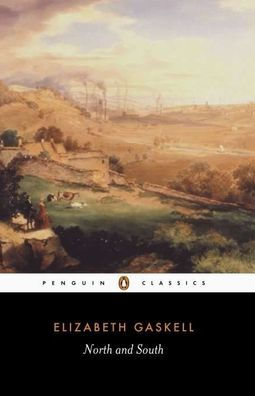1. Why do Margaret’s parents allow her to shoulder such heavy burdens – her father’s crisis of faith and her mother’s illness – at such a young age?
2. Why does Margaret not tell her mother and father about Mr Lennox and Mr Thornton’s proposals? Why does she have to wait to be asked directly by her father?
3. 'North and South explores themes that still seem strikingly modern' (Daily Mail). Do you think that the attitudes expressed in the novel about the north and south divide are relevant today?
4. Why is Margaret prejudiced against the industrialists of the time? How important is social class to the novel?
5. Who is the better Mother – Mrs Hale, Mrs Thornton or Mrs Shaw?
6. The scene where Margaret stands between Mr Thornton and the striking workers is a turning point in the tale. What motivates Margaret’s to put herself in this vulnerable - both emotionally and physically - situation?
7. Margaret is a strong female heroine. Do you think this is unusual in a Victorian novel? Why does Elizabeth Gaskell contrast Margaret so dramatically with the other girls of her age in the book for example Edith, Fanny and Bessy?
8. The original title of the book was Margaret Hale and it was only under pressure from her publishers that Gaskell changed the title to North and South. Do you think this was the right decision to make? Do you think you would read the novel differently if it had its original title?
9. Elizabeth Gaskell describes Mr Thornton as ‘large and strong and tender, and yet a master’. Do you agree with her description? Can you betender and a master? Does Mr Thornton prove this?
10. Was Margaret right to lie to the police officer? Do you think she should have told Mr Thornton the truth straight away?
11. Look at Margaret’s relationship with the Higginses and compare it to Mr Thornton’s relationship to them. What are the differences and the similarities? Who gains the most from the connection – Margaret, Mr Thornton or the Higgins?
12. Both Margaret and Thornton know that their families will not approve of the marriage. Are they right to marry? Can they be happy?



